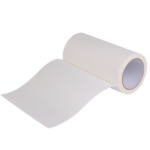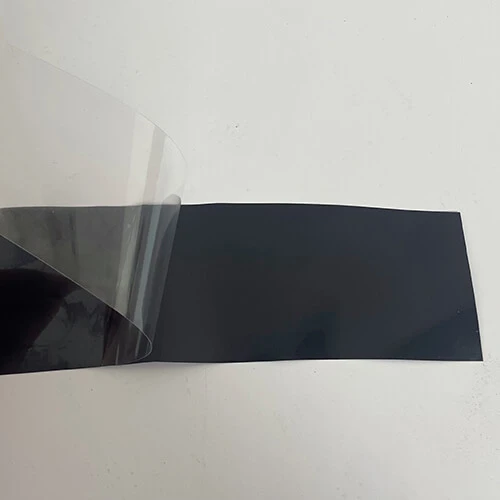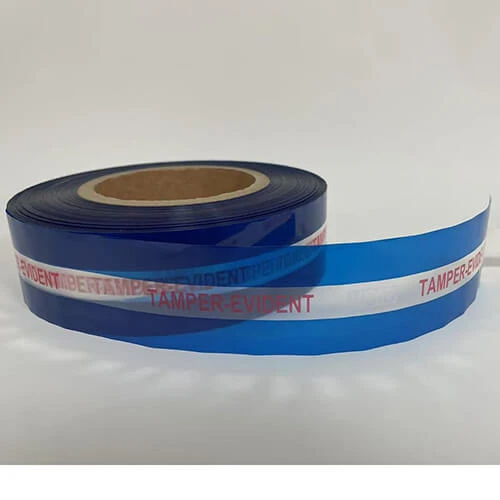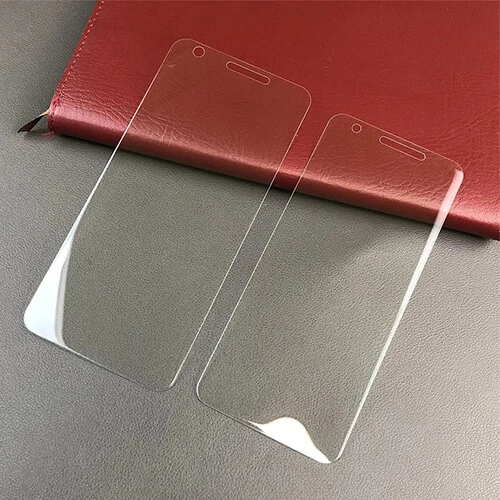
Flame Retardant Adhesive Tape
In the intricate world of modern manufacturing, where precision, efficiency, and product integrity are paramount, there exists a class of unsung heroes. These are not the giant robotic arms or the complex software systems, but rather, a simpler, smarter material that is quietly transforming production lines: Heat-Releasable Tapes.
Often overlooked, these advanced adhesive tapes are engineered to provide a robust temporary bond that can be cleanly and precisely broken with the simple application of heat. This unique capability is solving some of the most persistent challenges in industries from electronics and automotive to aerospace, all while contributing to more sustainable manufacturing practices.
The Fundamental Challenge: The Need for a “Third Hand”
Many manufacturing processes involve a critical, yet problematic, step: temporarily holding a component in place. Traditional methods include mechanical clamps, liquid adhesives that cure permanently, or temporary tapes that can be difficult to remove.
The problems with these methods are numerous:
-
Mechanical Fixtures: Can be bulky, expensive, and may damage sensitive surfaces.
-
Permanent Adhesives: Are unforgiving; a misaligned part can lead to costly scrap or rework.
-
Standard Temporary Tapes: Often leave a sticky adhesive residue that requires aggressive chemical solvents for cleaning, damaging components and harming the environment.
This is where heat-releasable tapes enter the picture, acting as the perfect “third hand.” They hold firm during the entire assembly, testing, and shipping process, and only let go when their job is done.
Key Characteristics and Advantages: More Than Just a Temporary Fix
The benefits of integrating heat-releasable tapes into a manufacturing process are profound and multi-faceted.
-
Residue-Free Release: This is the cornerstone advantage. The clean debonding eliminates the need for post-process cleaning, saving time, labor, and the cost of solvents. It also prevents contamination of sensitive surfaces, which is critical in optics, semiconductors, and medical devices.
-
Precision and Control: The release is not a gradual weakening but a triggered event. This allows for precise control over when and where debonding occurs. Manufacturers can design processes where a component is released at an exact stage without affecting other assembled parts.
-
Protection of Delicate Components: By eliminating the need for prying, scraping, or applying mechanical force for removal, these tapes protect fragile parts from cracks, scratches, and other forms of damage, significantly reducing yield loss.
-
Process Simplification and Automation: The heat-triggered release is perfectly suited for automation. Heated rollers, IR lamps, or hot air blowers can be integrated into conveyor systems to create a seamless, hands-free disassembly or release station, boosting overall throughput.
Real-World Applications: Where Innovation Meets the Assembly Line
The practical applications of heat-releasable tapes are as diverse as they are impressive.
1. Electronics and Semiconductor Manufacturing:
-
PCB and FPC Assembly: Used to temporarily hold flexible printed circuits (FPCs) or other components in place during soldering, conformal coating, or testing. After the process, heat is applied, and the tape releases the delicate circuitry without stress.
-
Wafer Handling and Dicing: In semiconductor fabrication, ultra-thin wafers are mounted onto frames using these tapes. After the dicing process, heat release allows the individual, fragile dies to be cleanly picked and placed.
-
Temporary Screen Protection: Used on glass covers for displays and touchscreens during phone and laptop assembly, providing scratch protection that is easily removed in the final stages without contaminating the pristine surface.
2. Automotive Industry:
-
Paint Masking: Certain interior trim parts or sensitive areas are masked with heat-releasable tapes during vehicle painting. The tape withstands the paint booth environment but allows for quick, clean removal afterward, leaving sharp paint lines.
-
Component Fixation during Molding: Used to hold fabrics, logos, or electronic modules in place within injection molds. The tape holds during the high-pressure molding process and is then cleanly released from the finished plastic part.
3. Aerospace and Composite Manufacturing:
-
The production of carbon fiber composite parts often involves complex layup processes in autoclaves. Heat-releasable tapes are used to secure breather fabrics, release films, and other tooling materials. After the high-temperature, high-pressure cure cycle, these materials debond cleanly, ready for the next part.
4. Medical Device Assembly:
-
For disposable medical devices and diagnostic tools, precision and cleanliness are non-negotiable. These tapes are used to hold components during sterilization (e.g., gamma or ETO) and assembly, ensuring they remain sterile and residue-free until final packaging.
As products become smaller, lighter, and more complex, the demand for smarter, more adaptable manufacturing materials will only grow. Heat-releasable tapes are perfectly positioned to meet this demand. Future developments may include tapes with even lower trigger temperatures for heat-sensitive components, faster release times for high-speed automation, and bio-based adhesive formulations to enhance their eco-friendly profile.
Heat-releasable tapes are a brilliant example of how a seemingly simple material innovation can have a cascading effect, driving efficiency, enabling new designs, protecting valuable components, and promoting sustainability. They are no longer just a niche product but a fundamental tool for any forward-thinking manufacturer aiming to optimize their processes and build better products. In the relentless pursuit of manufacturing excellence, it’s time we gave these clever tapes the recognition they deserve.




